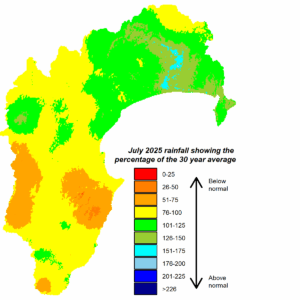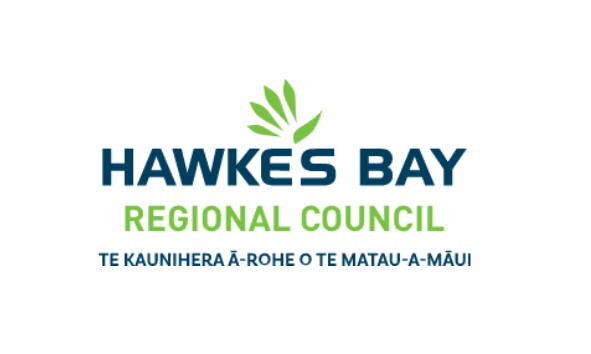
Some areas of Hawke’s Bay have now had three consecutive months (May, June and July) of below normal rainfall. They are the Ruahine Range, the Heretaunga Plains and southern Hawke’s Bay. It’s not a great situation heading into spring. July’s rainfall found its way to northern Hawke’s Bay okay, the area receiving 138% of it’s July average. So it’s a mixed picture across the region. July’s river flows were within the normal range for the month but again that was top heavy with northern areas near or above average and southern areas below average. Groundwater levels are below average for the time of year. Soil moisture is below median levels for the time of year on the Heretaunga Plains and far south of the region but near or above average in northern parts. The odds of a brief La Niña in spring or summer is edging slightly high than those of neutral conditions but it is still uncertain. A negative Indian Ocean Dipole seems likely for spring though, which is another circulation pattern that raises the chances of wet rather than dry weather. Seas are also warmer than average all around New Zealand which supports more rainfall if rain-bearing weather systems come our way. Add to this a pressure pattern that favours more onshore easterly winds, whereby lower than average pressure extends towards northern New Zealand from across the Coral Sea and higher than normal pressure lies to the south of us. It spells near or above rainfall for the region during spring while temperatures should be near or above average.
Kind regards,
Kathleen






